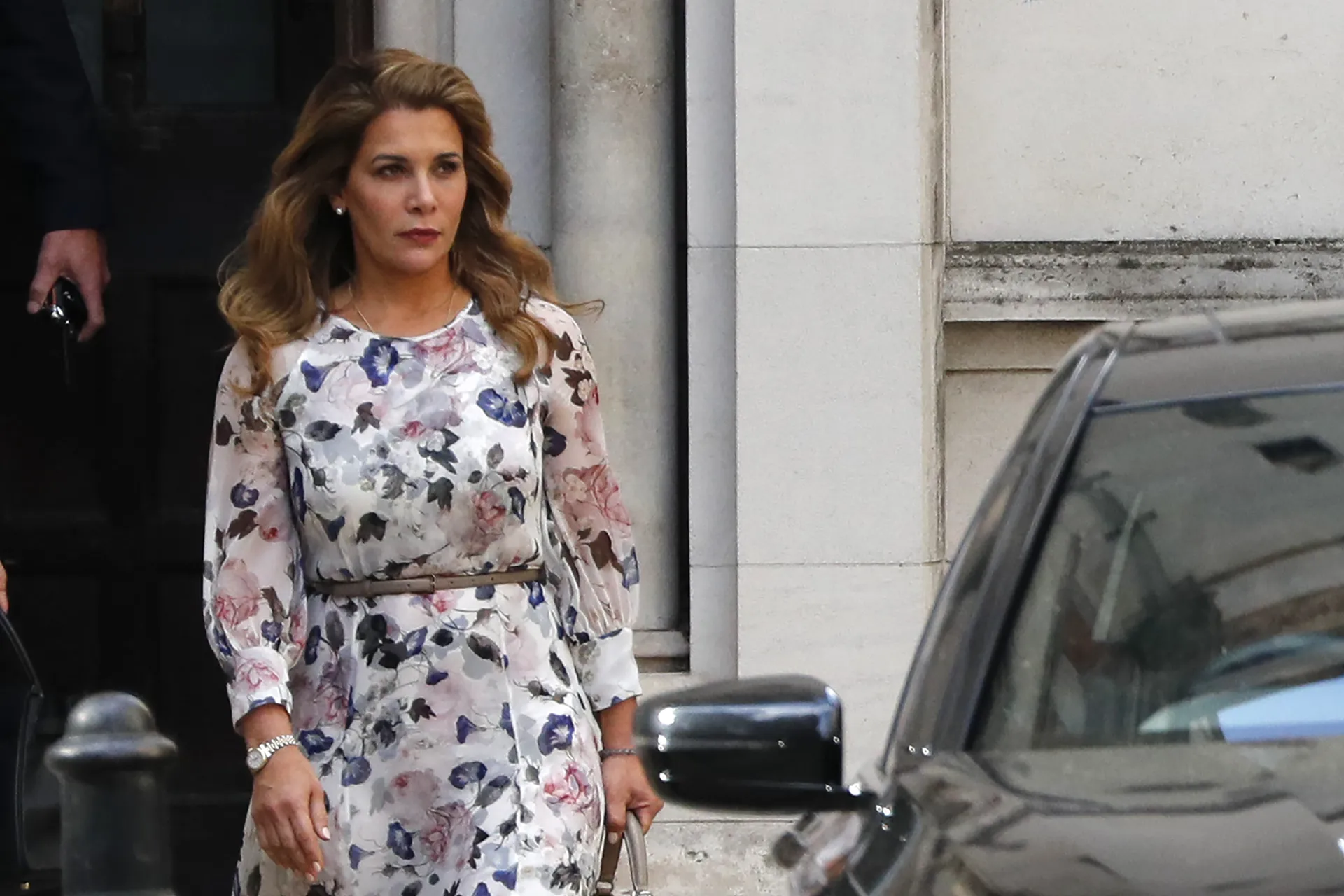Elise Taylor, Vogue
July 23, 2024
On July 18, Sheikha Mahra Mohammed Rashed Al Maktoum posted an announcement to her 875,000 Instagram followers that was addressed to just one. “Dear Husband, As you are occupied with other companions, I hereby declare our divorce. I divorce you, I divorce you, and I Divorce You,” wrote the princess, who is the daughter of Dubai’s ruler, Sheik Mohammed bin Rashid Al Maktoum. “Take care. Your ex-wife.”
It received more than half a million likes and was picked up by news outlets around the world, from tabloids to broadsheets. The former was to be expected—when does a messy public divorce not get covered in the Daily Mail? But the latter indicated a more serious undertone. CNN and the BBC don’t cover low-stakes gossip or put in inquiries to official state entities after a public divorce announcement. Which, in this case, they did: “Dubai’s government and the UAE Embassy in London did not immediately respond to requests for comment,” the British news organization wrote.
Dubai has a princess problem. Over the past two decades, multiple royal women have made international headlines for their discontent living in the confines of the emirate. In 2019, Princess Haya Bint Al Hussein—the sixth wife of Sheik Mohammed—fled the UAE with her two children for Great Britain. According to the BBC, she said she was in fear for her life. Even when Haya resettled in London, she says she received threatening messages that told her: “We can reach you anywhere.” Two years later, a judge ordered the sheik to pay Haya $734 million—the largest financial award the UK family courts have ever seen. (A spokesperson for Sheik Mohammed told the BBC in 2022 that he denied the allegations made against him. “He loves his children and cherishes their love for him. He has always cared and provided for them and always will,” they said.)
Then there are the sheik’s daughters Latifa and Shamsa, two of his 26 children. In 2018, Latifa tried to escape Dubai via yacht, calling the city “an open-air prison,” according to an investigative report in The New Yorker. Yet, off the coast of India, a group of masked men reportedly grabbed Latifa from the deck and dragged her back to shore. In videos later aired by the BBC, she claimed she was being held captive. “I’m a hostage. This villa has been converted into jail. All the windows are barred shut, I can’t open any window…. I’ve been by myself, solitary confinement. No access to medical help, no trial, no charge, nothing.” (In 2022, the UN tweeted a photo of Latifa with Michelle Bachelet, the United Nations High Commissioner for Human Rights, in Paris. Her representatives released a statement at that time that “she is living as she wishes.”)
Shamsa, meanwhile, tried to flee her family in 2000 while on vacation in the United Kingdom, yet soon after she was allegedly grabbed off the street in Cambridge. She hasn’t been seen in public for 23 years. In addition to the New Yorker’s extensive article, the plight of the princesses was the subject of a BBC Panorama documentary, as well as a four-episode podcast, “The Runaway Princesses,” by In the Dark.
All this to say: There’s a real reason why the world, and its most fastidious news organizations, paid close attention to Mahra’s post. Life has been difficult for the Emirati princesses who have publicly aired their discontent. What would the outcome be here?
Three days ago, the princess posted on Instagram a photo of herself holding her infant daughter in front of an artwork of a horse. The comments section was flooded with well-wishers.
